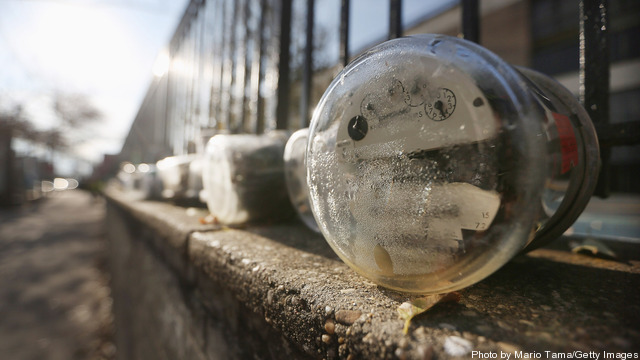
Some US utilities could have weathered Hurricane Sandy better than they did if they had invested in smart grid improvements such as smart-metering, outage management, and distribution management systems, a senior GE official said.
John McDonald, Director of Technical Strategy and Policy Development for GE Digital Energy, said utilities that have not yet installed the technology would have known about outages more quickly, been able to swiftly identify their locations, and been able to assign repair crews more efficiently if they had the enhancements in place. Keep reading →


 Shell Oil President and Director Marvin Odum speaks during a plenary session on the first day of the Energy Information Administration energy conference April 26, 2011 in Washington, DC.
Shell Oil President and Director Marvin Odum speaks during a plenary session on the first day of the Energy Information Administration energy conference April 26, 2011 in Washington, DC.



